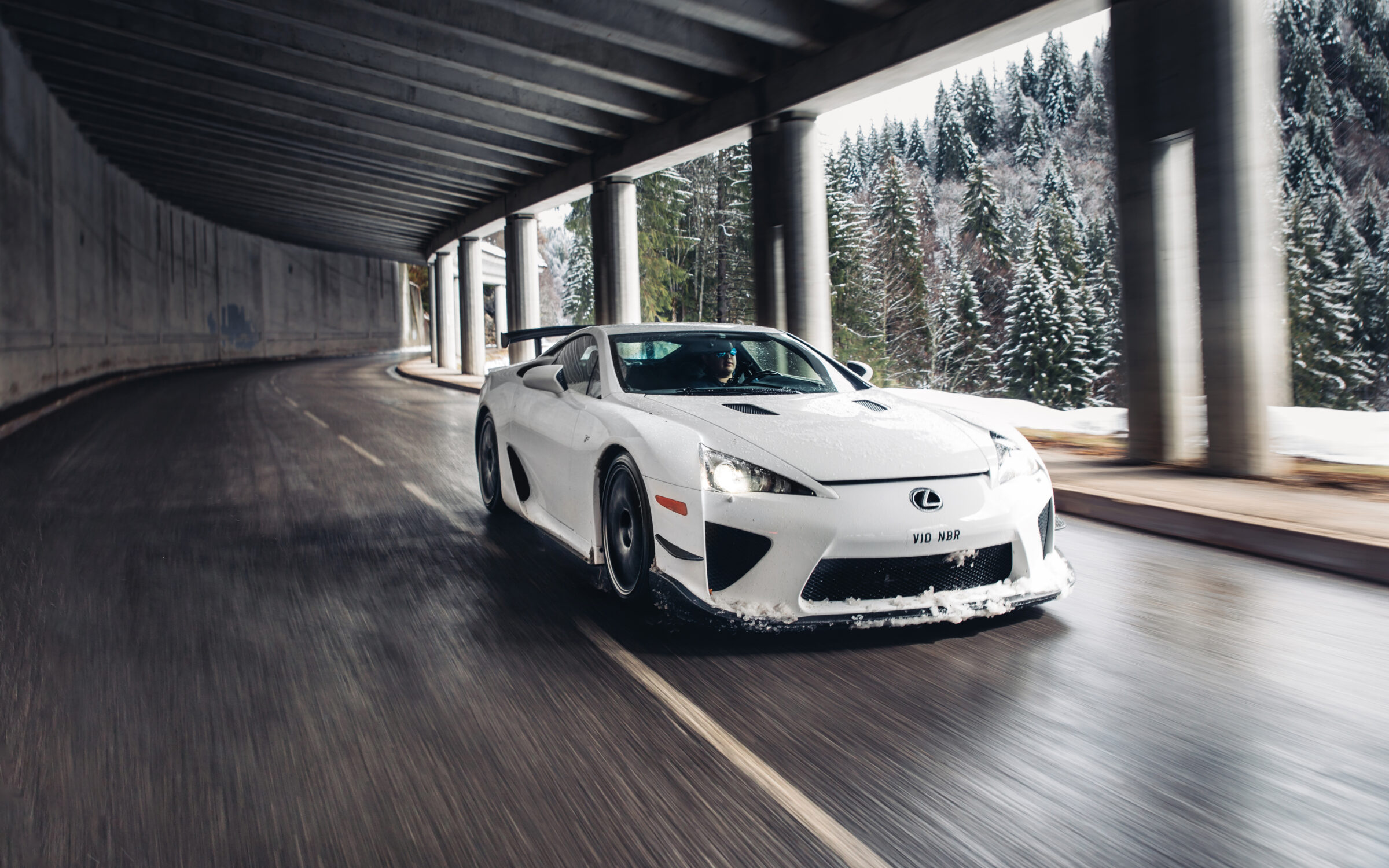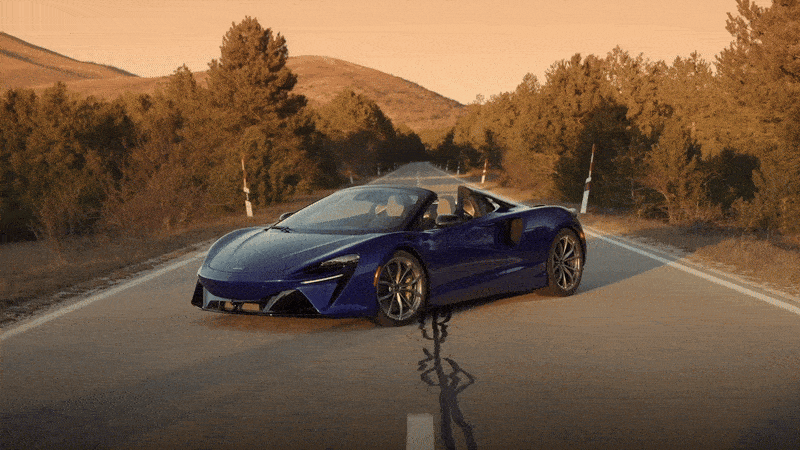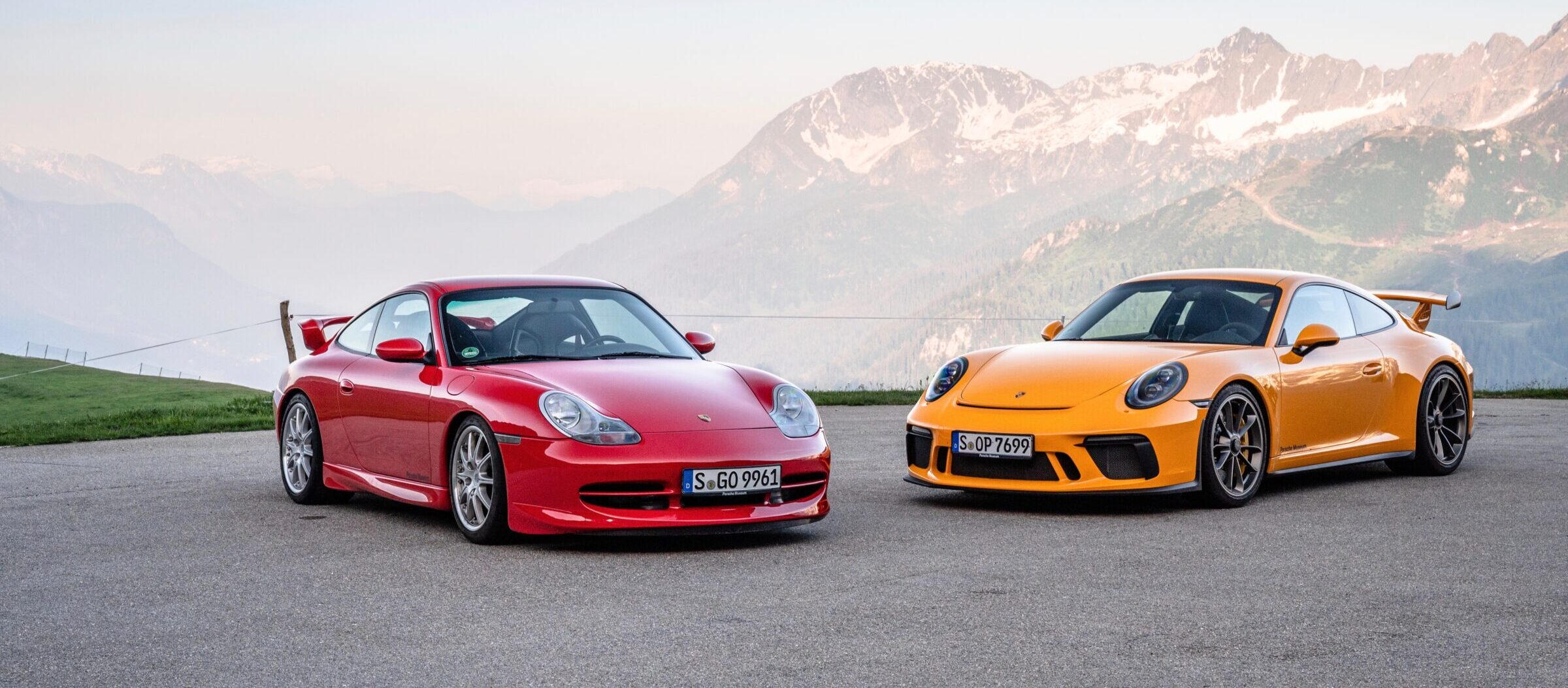Ascari Ecosse
In the 1990s, several new or revived sports car brands appeared. Besides Bugatti with the EB110 and McLaren with the F1, many of them remained rather unknown. One of these manufacturers presented a first concept car called FGT at the British Motor Show in early 1995. They used the last name of the third-ever Formula 1 world champion Alberto Ascari as the company name. Lee Noble was responsible for designing the plastic bodywork of the mid-engine sports car. However, financing for production hadn’t yet been secured. So it was a stroke of luck for the young brand that the successful entrepreneur and professional racing driver Klaas Zwart visited the show and took a liking for the Ascari FGT. He didn’t just buy a car for himself, but directly took over the entire company.
Career of Lee Noble
Lee Noble had previously (co-)developed a number of British sports cars. His career began in the early 1980s at Ultima, where he put the Mark I, Mark II and Mark III on wheels. He also created replicas of the Ferrari P4 and Lotus 23 and later helped small-batch brands Prosport and Midtec before joining Ascari. After the takeover by Klaas Zwart, he stayed on board for a few years before presenting the Noble M10 with his own company in 1999. The M12, M400, M15 and M600 models followed before he retired from his own brand. Today, he works as a freelance designer and developer and has created the Fenix GT as well as the Polish Arrinera Hussarya, among others.




















































Development from the FGT to the Ecosse
The Ascari FGT Concept presented in 1995 was already completely roadworthy. Behind the passengers sat a six-liter V8 engine from Chevrolet. When Klaas Zwart visited the Ascari stand in 1995, he quickly saw the potential in this vehicle to be used in racing. According to the homologation regulations of the time, the only road car built was already sufficient for registration in the British GT Championship. So a second example was built as a racing version with a Ford V8 engine. Zwart won a race at Silverstone with this car in 1995. In qualifying for the 24 Hours of Le Mans, the Ascari FGT didn’t achieve the necessary lap times to be admitted to the race. Thus, the FGT remained in British GT for the 1996 and 1997 seasons. At the same time, preparations were underway for the production of road-going versions.
Performance upgrades by Hartge
As most interest in the new Ascari sports car came from Europe in particular, the team was looking for an engine for which a workshop network could easily be found. In the end, the decision was made to go with the then-current 4.4-liter V8 engine from BMW. However, the standard performance offered wasn’t considered sufficient and the team therefore teamed up with the German tuner Hartge. There, the engines received a power upgrade to 224 kW/304 hp. Later models got engines bored out to 4.7 liters with 298 kW/406 hp. In addition, at the end of production there were three vehicles with a five-liter Hartge V8 and 313 kW/426 hp. Although series production began in 1997, the car didn’t make its debut at a motor show until 1999 at the Earl’s Court Motor Show. In reference to the successful companies of Klaas Zwart in Scotland, the car was now called Ascari Ecosse.
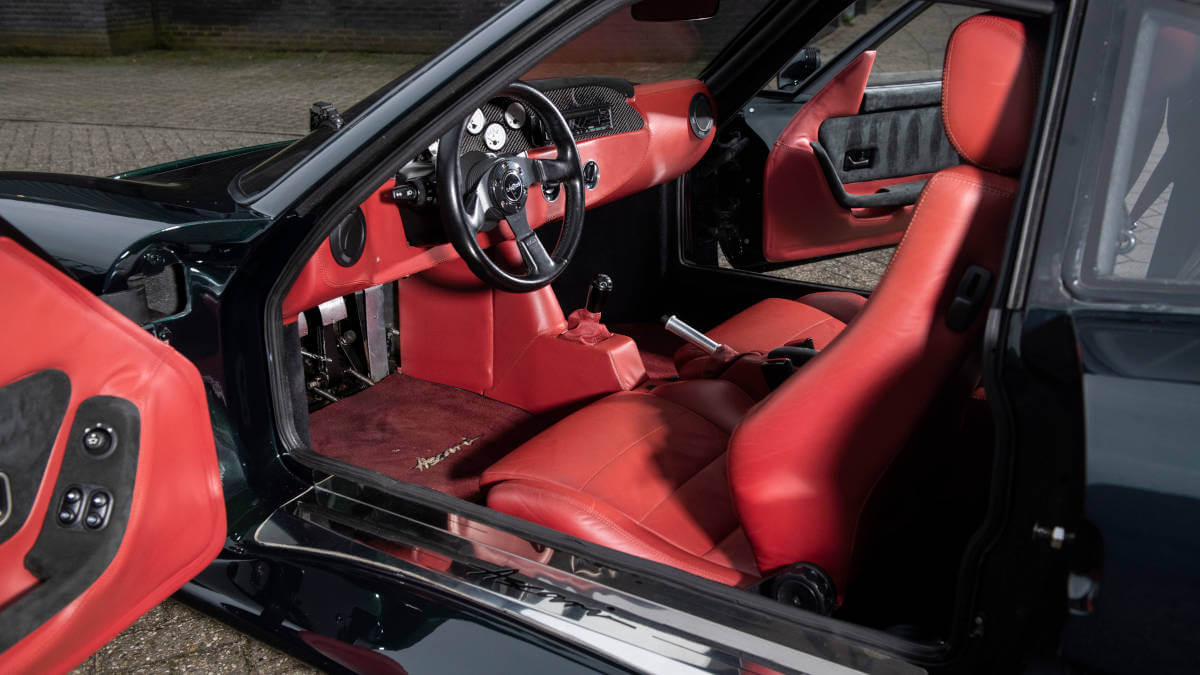











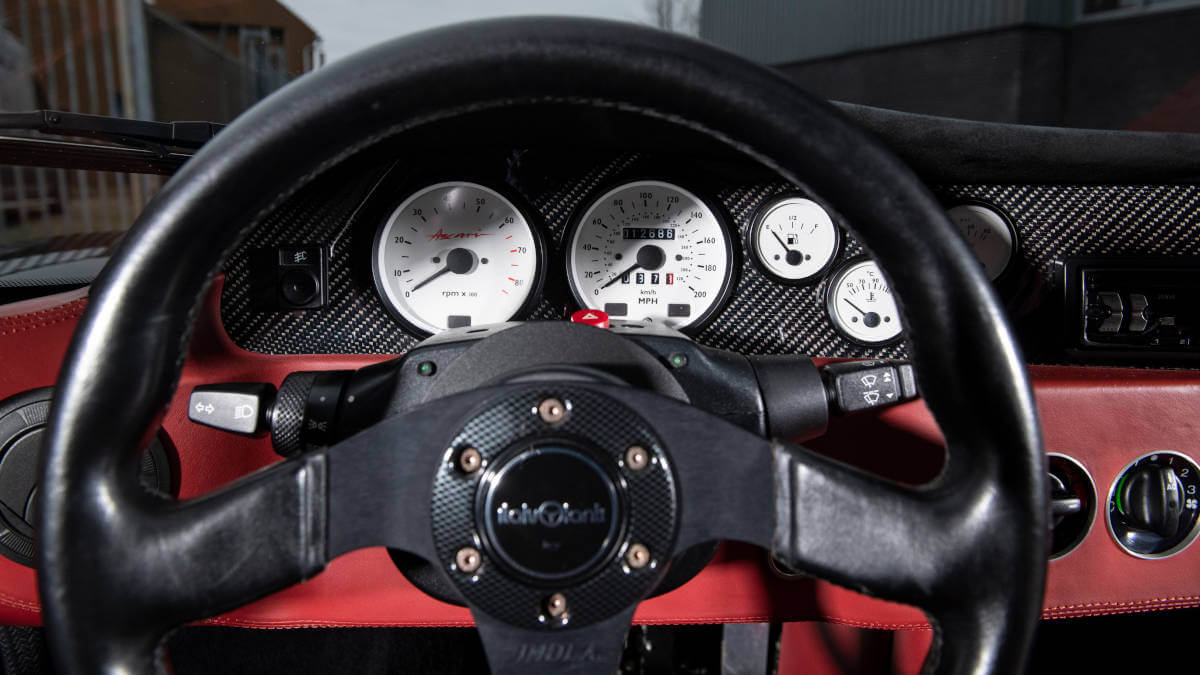



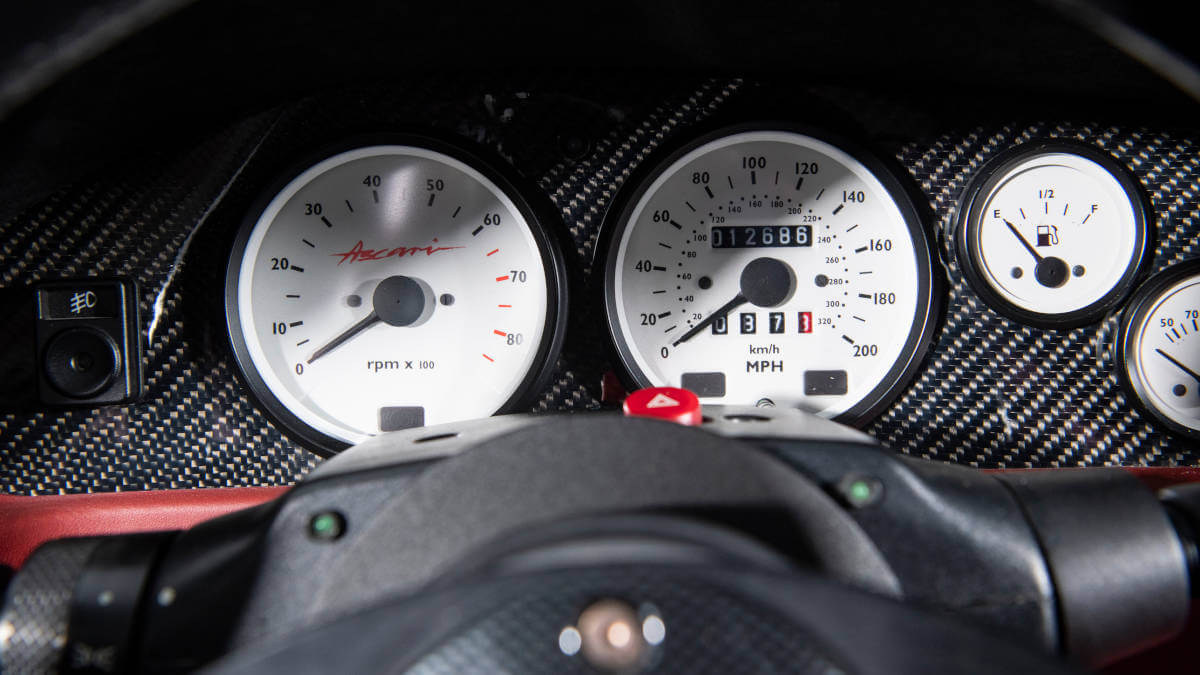



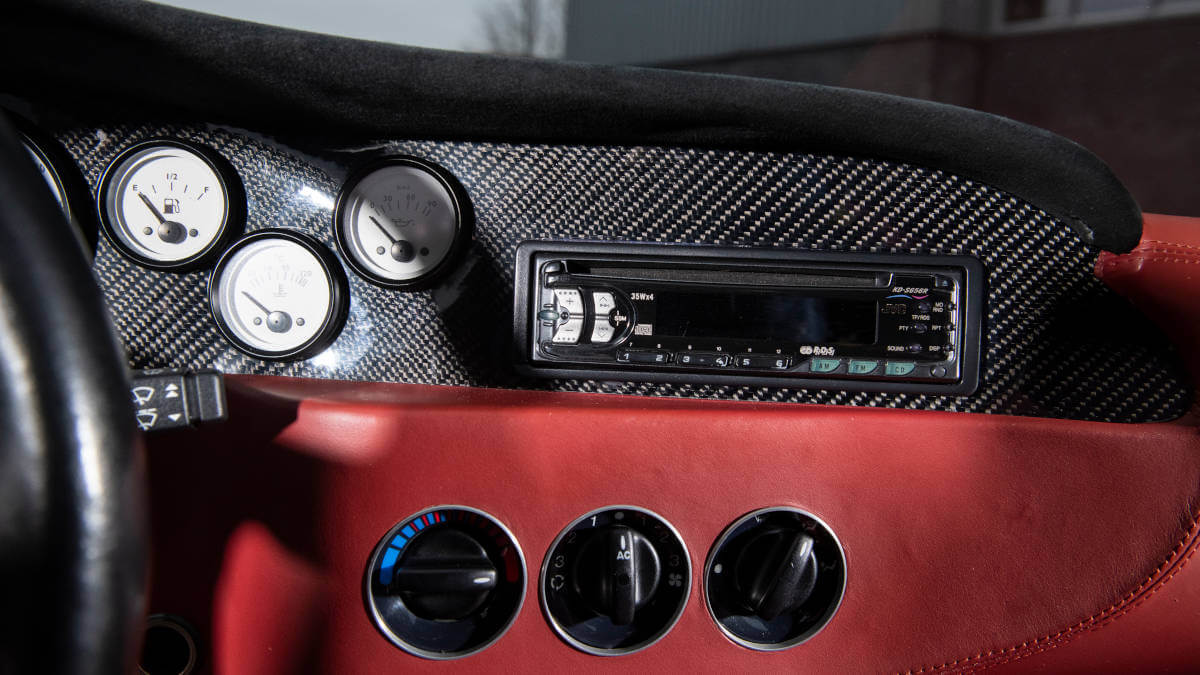











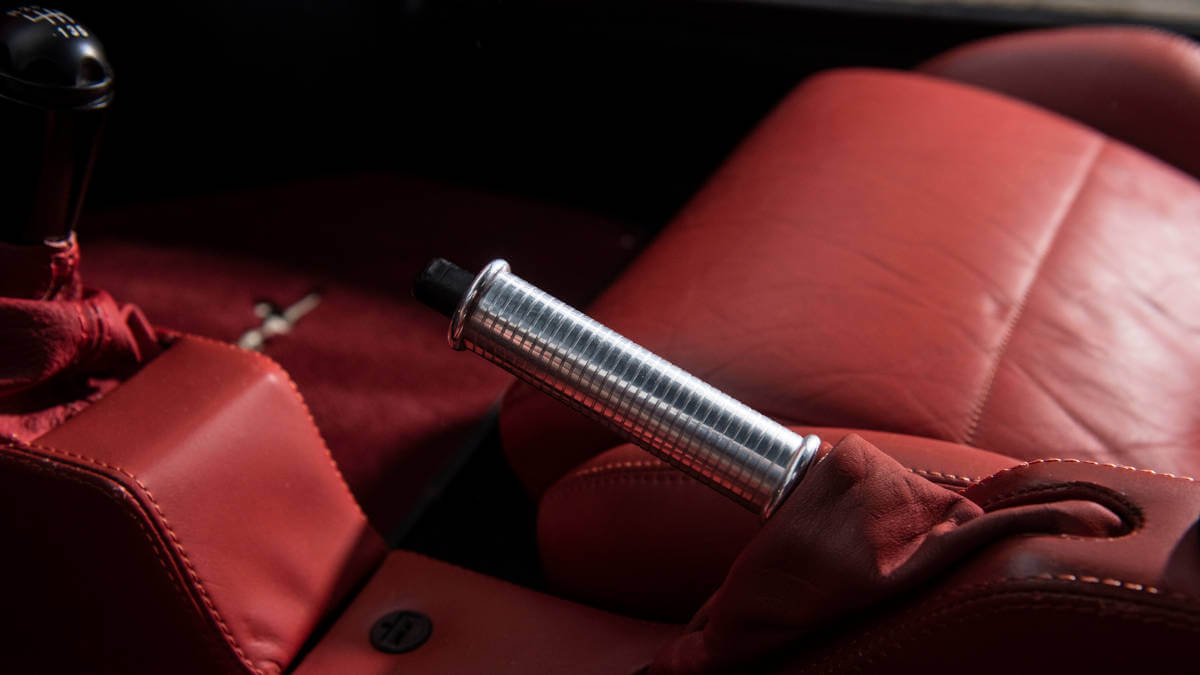



































Number 008 belonged to the Zwart family
Little changed in the tubular frame chassis and the body, which was made of fiberglass-reinforced plastic, from the concept car to the end of production in 2000. A few improvements resulted from findings with the race car and testing of the road version. However, Ascari only produced a total of 17 Ascari Ecosse plus the concept car and the race version. Chassis number 008 remained in the family of company boss Klaas Zwart. In the meantime, Zwart had a race and test track with an attached hotel resort opened near Ronda in Spain, named ‘Ascari Race Resort’. There the car remained until 2011, after which the Zwart family used it in the Netherlands. In 2019, the current owner bought the Ascari and now tried to sell it at the RM Sotheby’s Paris auction. As the minimum price couldn’t be reached, the car is now available for 165,000 € in the Private Sales section of the auction house.
Images: RM Sotheby’s, Dirk de Jager


